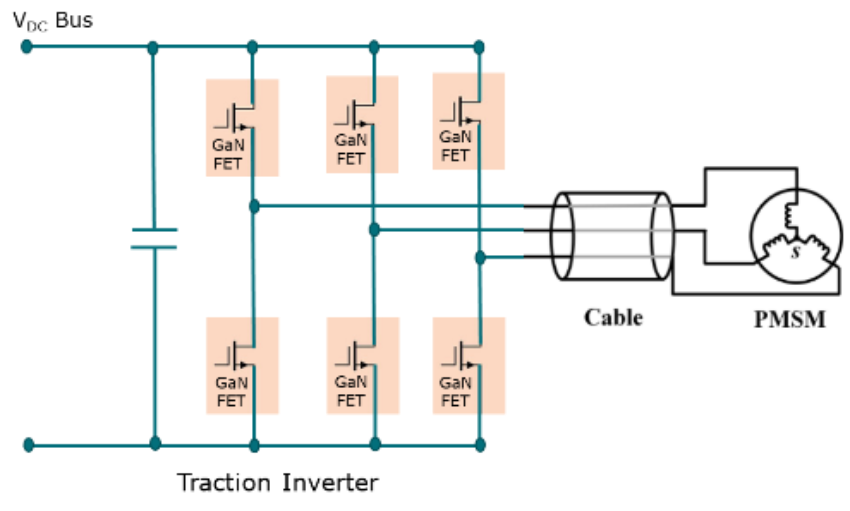Growing pressure from society and increasing legislation for reduced CO2 emissions, is pushing industries from automotive to telecoms to invest in more efficient power conversion and increased electrification. Power Gallium Nitride (GaN) technology shows the greatest performance benefits, but it also brings a range of benefits to a whole range of power conversion applications, especially within electric vehicles.
Electrification in the automotive sector is likely to be the biggest beneficiary of power GaN technology. Power losses in xEVs can impact range - the key issue for electric vehicles, so efficient power conversion is critical to the success of all-electric vehicles (xEVs). Furthermore, more efficient power conversion reduces the need for cooling systems to dissipate generated heat, reducing the vehicle’s weight and system complexity, and thus potentially increasing range. Beyond these areas, improving power conversion efficiency can deliver benefits in many other systems in the car including:
- AC/DC onboard charging
- DC/DC power conversion
- DC/AC inverters to drive traction motors
For example, improving the efficiency of a 200 kW inverter from 95% efficiency to 99% efficiency reduces power loss in a full load from 10 kW to 2 kW, or about one-fifth. Not only is the loss 8 kW lower (which can be effective for useful traction power), but the reduced need for cooling can also help by reducing the cooling energy consumption and on the size and weight of the cooling system. This in turn, can lead to a longer operating range or the same range with a smaller battery.
More than just efficiency
Power GaN FETs overcome many of the limitations of existing technologies such as Si-based insulated-gate bipolar transistors (IGBTs) and Si super junction (SJ) solutions. Power GaN solutions are free from reverse recovery loss, offer very low switching cross-over losses and lower conduction losses. They also give the lowest source drain on-state resistance (Rdson) for higher voltages and a significantly better switching figure of merit.
Whether it is the AC/DC PFC stage, a DC/DC converter, or traction inverter, the basic building block for most topologies is a half-bridge. Hence, when GaN FETs are compared against Si FETs in a simple boost converter, the GaN FET shows its superior performance.
.jpg)

In Nexperia’s latest whitepaper “Power GaN technology: the need for efficient power conversion”, we take a quick look at some of the benefits that power conversion applications in both automotive, industrial and telecommunications gain from our 650 V GaN FET portfolio.
Download the white paper